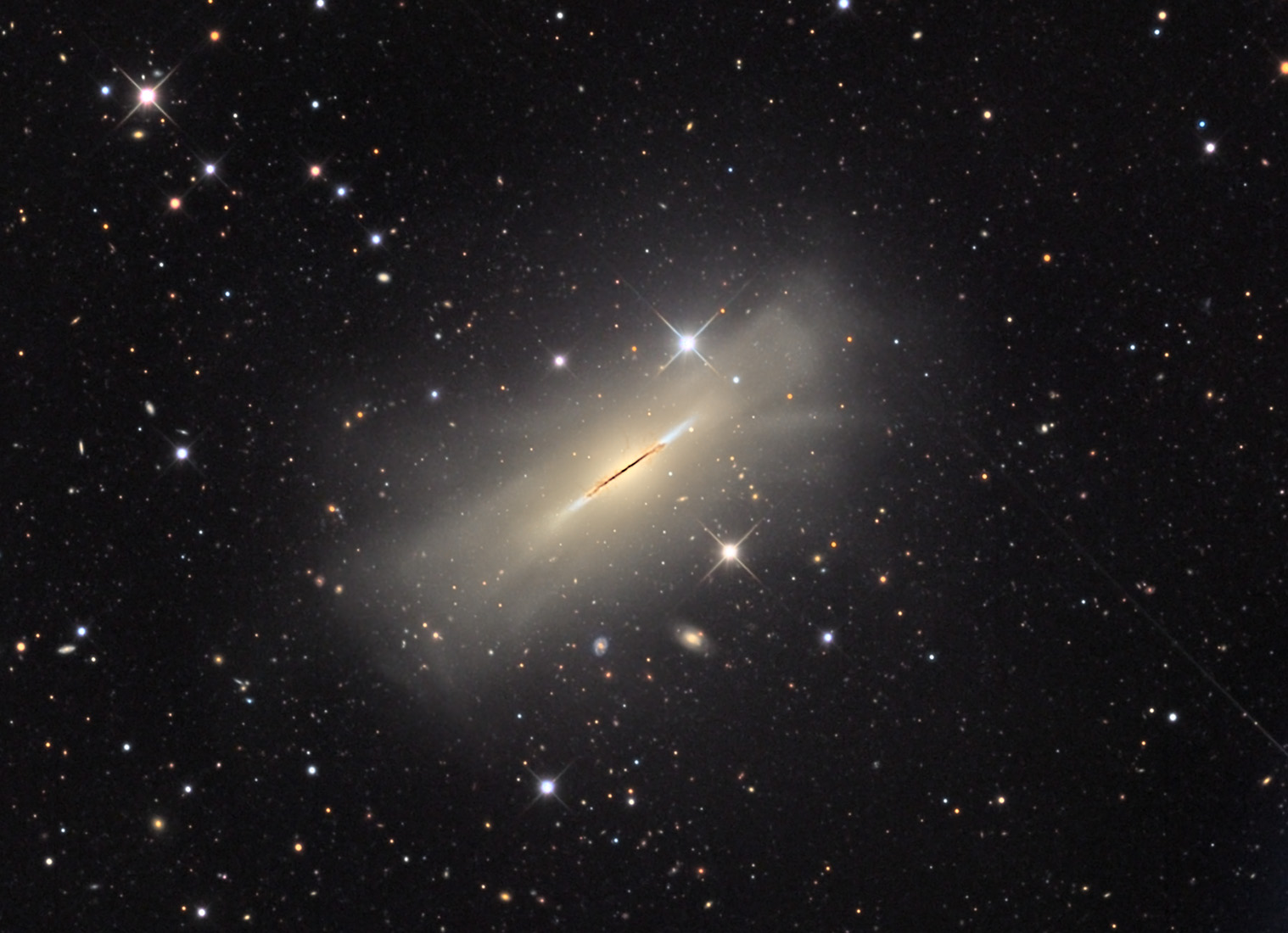

This is a Newtonian telescope, and this type has many benefits.More light capturing capability than previous models.Runner Up: Celestron AstroMaster 130EQ-MD Newtonian TelescopeĪt first glance, this telescope looks a bit more complicated than the Orion one we already featured but it’s actually easy to use and doesn’t cost a lot of money.

It’s a valuable item that you’ll make great use of with the kids. This Orion telescope is the real deal if you want to see planets and other objects in the sky.

#Best telescope for astrophotography for beginners software#
The software that’s included in the pack enables you to enjoy sky simulations that are very realistic and you’ll receive explanations of what you see in the sky, which makes it family-friendly.People have said that the instructions that come with the telescope don’t provide enough assistance, which has resulted in them having to find YouTube videos and other resources to help them set up the telescope.Some people have reported that when using the 10mm Plossl eyepiece you have to be positioned extremely close to its lens, but this can cause discomfort, especially if you wear glasses.This results in the telescope losing focus. A common complaint from people who have used this telescope is that the EQ2 mount tends to vibrate.It’s got a 130mm parabolic primary mirror to further help you see objects that are deep in the sky.You can also adjust the tripod in order to achieve slow-motion celestial tracking, which is sure to make using this telescope a fun activity for the whole family.The telescope comes with an EQ-2 equatorial telescope mount that’s very stable and sturdy.These include two Sirius Plossl eyepieces, a finder scope, a rack and pinion focuser, a collimation cap, a tripod accessory tray, and a Starry Night astronomy software. It comes with lots of extra items that will make your stargazing even more enjoyable.It weighs just 27 pounds which also makes it easy to transport. This makes it easy to carry around with you if you want to go on a stargazing road trip. This is a 5.1-inch (129mm) aperture reflector telescope that collects enough light so that you can accurately see the moon and planets, as well as star clusters, galaxies, and nebulas, making it a comprehensive telescope to own.Here’s everything you need to know about it. This sleek and clean telescope makes the number-one spot on our list.


 0 kommentar(er)
0 kommentar(er)
